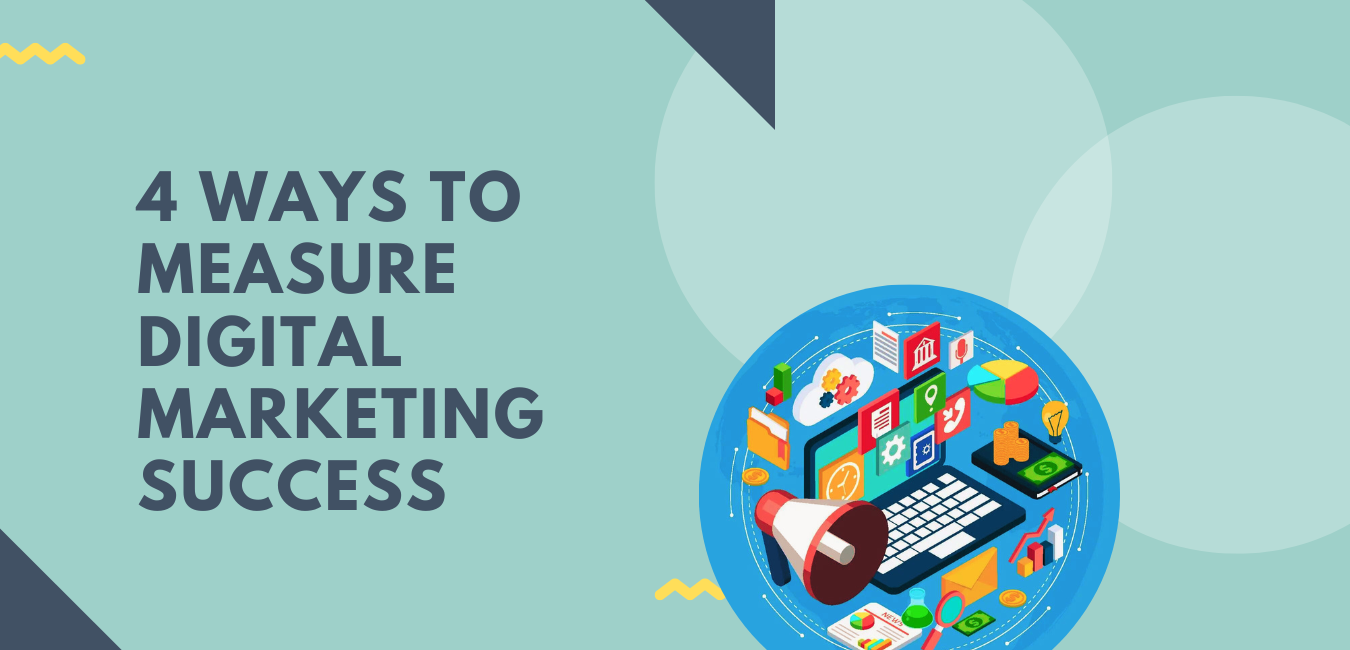4 Ways to Measure Marketing Success
In today’s digital age, businesses are investing heavily in digital marketing to reach a wider audience, generate leads, and drive sales. With new strategies and platforms emerging regularly, reports indicate the global digital advertising spending is projected to reach $667.6 billion in 2024 and surpass $730 billion in 2025. This astonishing statistic highlights the significant investment businesses are making in this area.
However, measuring the success of digital marketing campaigns can be challenging. Without clear metrics, it’s difficult to determine what’s working and what’s not. This is where understanding key performance indicators (KPIs) and having robust analytics becomes essential.
In this article, we’ll discuss four actionable ways to measure digital marketing success, along with tips to help you optimize your strategies.
1. Website Traffic
Website traffic is one of the most fundamental indicators of digital marketing success. It shows how many people are visiting your site, where they’re coming from, and which pages they’re engaging with. Below are some key metrics and tips to measure and optimize website traffic:
- Total Visits: This metric gives you an overall view of how many people are visiting your site. An increase in total visits over time typically indicates successful marketing efforts.
- Traffic Sources: Analyzing where your traffic comes from—organic search, direct visits, referral sites, social media, or paid ads—can help you understand which channels are driving the most visitors.
- Bounce Rate: This metric indicates the percentage of visitors who leave your site after viewing only one page. To reduce bounce rate, ensure your website is user-friendly, fast-loading, and provides valuable content.
TIP: Utilize tools like Google Analytics to track these metrics. Regularly reviewing this data helps you adjust your strategies to increase traffic and reduce bounce rates.
2. Conversion Rates
While traffic is important, the ultimate goal of marketing is to convert visitors into customers. Conversion rate measures the percentage of visitors who complete a desired action on your site, such as making a purchase, signing up for a newsletter, or filling out a contact form. Here’s how to measure and improve conversion rates:
- Define Goals: Clearly define what constitutes a conversion for your business. This could be sales, sign-ups, downloads, or other actions.
- Track Conversions: Use tools like Google Analytics’ Goal Tracking to monitor these actions. You can set up specific goals and track how many visitors are converting.
- A/B Testing: Experiment with different elements of your landing pages to see what works best. A/B testing allows you to compare two versions of a page to determine which one performs better.
TIP: Focus on optimizing the customer journey. Simplify the checkout process, offer clear calls to action, and ensure your website is mobile-friendly to improve conversion rates.
3. Social Media Engagement
Social media is a powerful tool for digital marketing, but success goes beyond just having a large number of followers. Measuring engagement—likes, shares, comments—provides deeper insights into how well your content resonates with your audience. Check out below how you can measure and enhance your social media engagement:
- Engagement Rate: Calculate the engagement rate by dividing the total number of interactions by the total number of followers, then multiplying by 100. This gives you a percentage that indicates how engaged your audience is with your content.
- Post Reach: This metric shows how many people have seen your posts. High reach means your content is being widely viewed, which can lead to increased brand awareness.
- Click-Through Rate (CTR): If you’re using social media to drive traffic to your website, measure how many people click on your links. A higher CTR indicates that your posts are compelling and effective at driving traffic.
TIP: Use platform-specific analytics tools like Facebook and Instagram Insights to track these metrics. Consistently engaging with your audience by responding to comments and messages also boosts engagement.
4. Return on Investment (ROI)
Ultimately, the success of any marketing campaign is measured by its return on investment (ROI). ROI helps determine the profitability of your marketing efforts by comparing the revenue generated to the amount spent. Here’s how to measure and optimize ROI:
- Calculate ROI: The basic formula for ROI is: (Net Profit / Cost of Investment) x 100. For digital marketing, net profit is the revenue generated from your campaigns minus the cost of those campaigns.
- Attribution Modeling: Understand which marketing channels are contributing most to your conversions. This insight allows you to allocate your budget more effectively.
- Lifetime Value (LTV) vs. Customer Acquisition Cost (CAC): Compare the lifetime value of a customer (the total revenue you expect to earn from a customer over their lifetime) to the cost of acquiring them. A healthy ratio ensures your marketing efforts are sustainable and profitable.
TIP: Use Google Analytics or specialized ROI calculators to track and analyze your ROI. Continuously monitor and adjust your campaigns based on performance data to maximize profitability.
Start Measuring Your Marketing Efforts
Measuring your digital marketing success is crucial for optimizing strategies and achieving business goals. By focusing on website traffic, conversion rates, social media engagement, and ROI, you can gain actionable insights into your marketing performance and drive greater success.
Need help measuring the effectiveness of your marketing efforts? At Engage Buzz Media, we focus on delivering results and ensure every client’s marketing strategy is successful. Reach out to us today and let’s chat on ways we can work together to leverage your online presence.

